Woodworking is the art of making decorative pieces from wood using a variety of tools. Although it’s one of the oldest crafts in the world, it has now become a rewarding profession and a popular hobby for some people.
From carpentry to sculpting and carving, several types of woodworking are not only productive but also quite refreshing and beneficial.
Woodworking can be a great hobby that can bring you hours of recreation and the satisfaction of making several creative decoratives out of wood.
However, if you’re a beginner, undertaking a woodworking project can be a bit daunting for you. That’s why you need to learn some basic techniques to get started.
Contents
Things to Do Before Starting Your First Woodworking Project

Source: popularmechanics
Regardless of how excited you are to start woodworking as a hobby, you will face some challenges at the very beginning. While you won’t be a perfect wood crafter in one night, you can gradually learn to create something amazing if you follow these simple tips.
1. Set Up a Workplace

Source: popularwoodworking
When it comes to selecting a workspace for your woodworking project, the first place that may come to your mind is the garage or basement.
It’s because these places are spacious and less frequently used, meaning that you can set up a permanent workshop here. You don’t have to move any equipment and can work peacefully.
However, not everyone has a space large enough to set up a workshop. Particularly if you live in a small house or apartment, finding a big room can be challenging for you.
In that case, you can use your backyard or set up a table in your study. It will be quite helpful if you’re in a learning stage.
2. Get The Necessary Tools
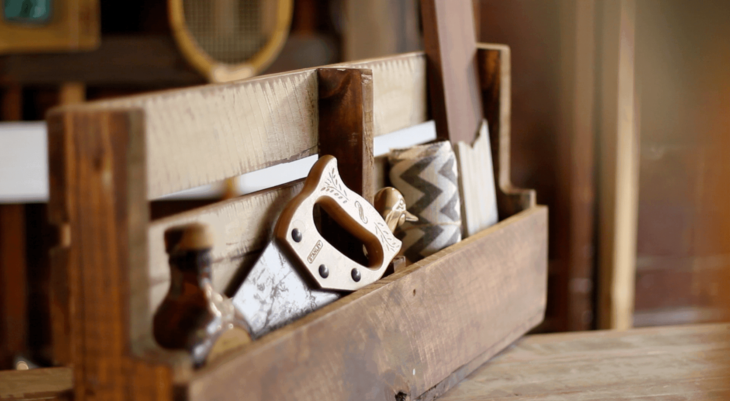
Source: thesawguy
While planning to start woodworking, you need to be a bit thoughtful about choosing the right tools. There are some tools used to create an outstanding craft using wood which you need to be familiar with.
Table Saw
If you’re serious about woodworking, the first thing you will need is a small table saw. It will help you cut wood for boxes and shelves.
You don’t need to spend a huge sum of money to buy a good quality table saw. We have done some research for you to find the most suitable one to start your project. At Woodworkingtoolkit you can find the reviews of this tool and read more about it.
Cordless Drill
Having a cordless drill will be extremely helpful if you need to perforate wood for some craft. It will perfectly drill any wood without causing any damage.
Miter Saw
It is another essential tool if you need your crosscuts or trim work to be accurate.
Work Stands
Work stands are the perfect fit if your workplace is quite small. This wood stand can work as a multifunction workbench, which means you don’t need to purchase a lot of things.
Routers
This tool helps you to round the corner or other similar jobs.
There are some other tools like sanders, square, bar clamps, etc. that you need to buy to do wood carving smoothly. While this isn’t an exhaustive list, it will help you to start the project as a beginner.
3. Learn The Tape Measurement
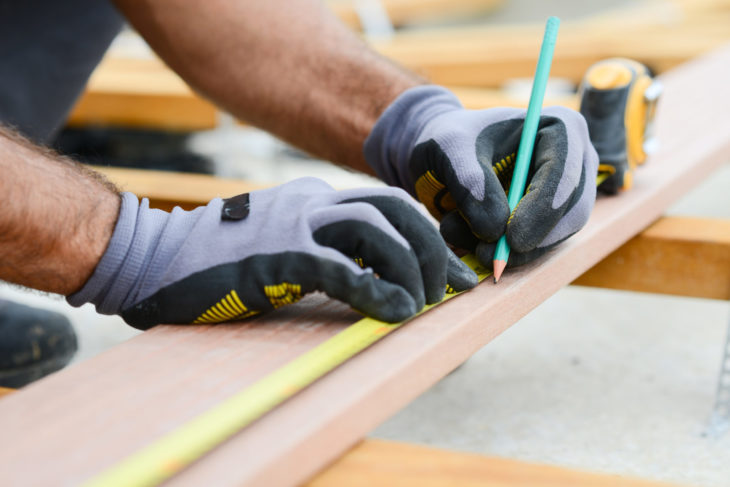
Source: cardwellhardwoods
While making decoratives and other essentials using wood, you must read the tape measure to cut the wood in accordance with your project requirements. That’s why it’s essential to learn tape measurement.
While examining the tape, you will see some integer numbers like 2, 3 printed on it. While whole numbers indicate measurements in inches, the fractions like ¼, ⅛ explain the fraction of that whole number.
4. Understanding The Types of Woods & Their Dimensions
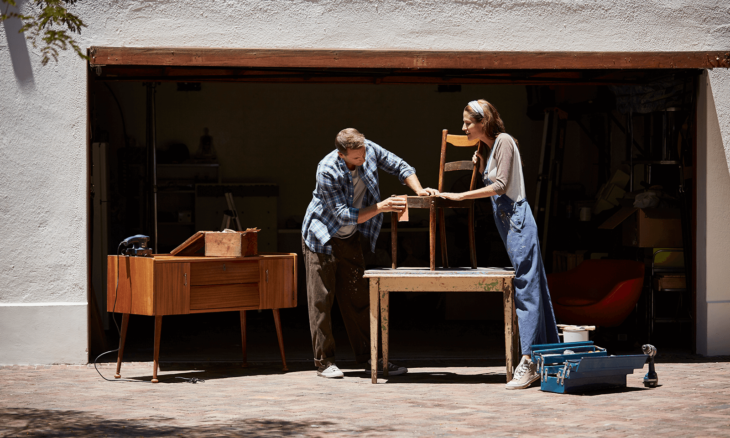
Source: volusion
Understanding the wood dimensions and types is vital when you’re purchasing wood from the store.
There are two types of woods available for crafting – soft and hard. Each of them comes with their specialty to create different crafts. All you need to do is to learn which wood is perfect for which craft.
It’s also essential to understand the wood dimensions. They are mostly expressed as 2×8, 1×2, 3×6, etc. knowing what these figures signify will help you to purchase the right lumber.
5. Choose a Straight Wood
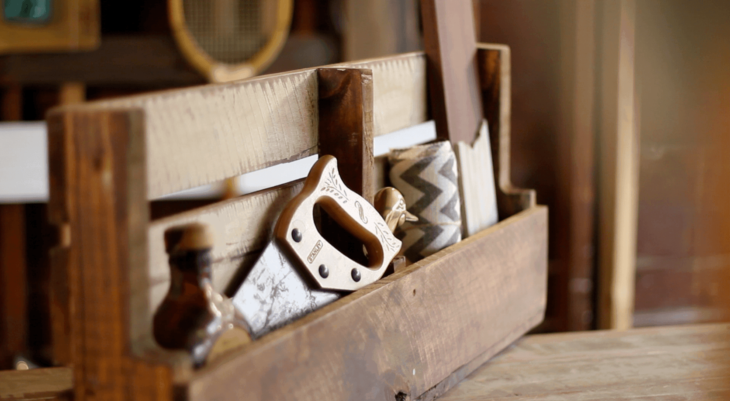
Source: popularmechanics
It’s easier to work with a straight piece of wood than a warped or bowed wood, particularly for beginners. That’s why it’s crucial to get the straight wood from the pile of wood in the store.
You may not always get an entirely straight timber. However, to make your woodworking easier and simpler, get something that is straight enough to work.
6. Make Sure The Wood Surface is Smooth

Source: best4yourhome
A plain and smooth wood surface is essential in any woodworking project as it can ensure proper finishing and painting the craft. That’s why it’s important to know how to sand the wood surface.
You can use either sandpaper or a sander for sanding the surface. While using sandpaper can be a tiresome and tedious job, it will give you better control to smooth the wood surface.
Also, you will reach the area of that timber where a machine can’t. However, if you need a faster result, you can always go for a sander.
7. Take Proper Safety Precautions
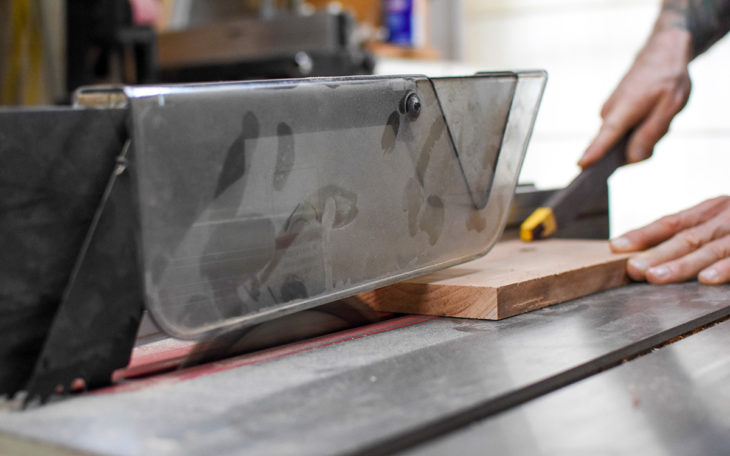
Source: craftercompanions
While woodworking can be a unique and relaxing hobby, it can be quite dangerous if you don’t know how to use the tools safely.
Woodworking requires using some critical tools such as table saws and drills that need to be handled with proper caution. That’s why you must learn about every part of those tools before you start using them.
Also, don’t forget to wear suitable clothing and protective gear such as gloves, helmet, protective glass, etc. Wear tight-fitting clothes instead of loose ones as they may cause an accident by getting stuck to the saw blade.
Final Thoughts
Despite having interest, it’s intimidating for some people to take woodworking as a hobby as they tend to think it may create noise and dust and can be risky as well.
However, you can still avoid those negative aspects by learning about those tools as much as possible. While woodworking is relaxing, it requires a fair amount of applications and skills.
Before you start with your hobby, gain some knowledge about it. Learn how to measure, get information about different types of woods, and study how to use the tools correctly.
Finally, start crafting some quality decoratives using your creativity when you’re comfortable with what you’ve learned so far.
